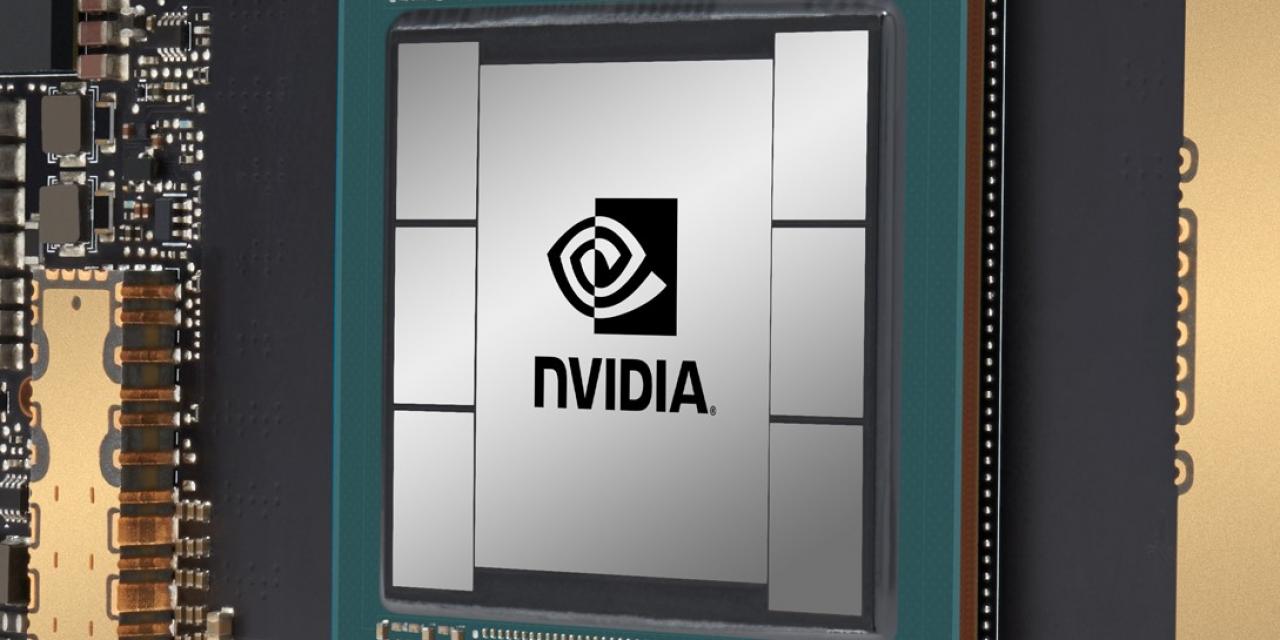
Add-in graphics cards for desktop based on Nvidia’s "Ampere" architecture is expected to arrive by the end of the year. While the company has not announced anything regarding consumer-side GPUs, a recent benchmark shows the potential of these currently unofficial products.
According to a 3DMark Time Spy benchmark, an Nvidia Ampere GPU with a 1,935MHz boost clock scored a 18257 in the graphics test. That puts it slightly behind an EVGA RTX 2080 TI XC card, but way ahead of Nvidia’s stock RTX 2080 TI Founders Edition model, resulting in 30.98% better performance. It pulled ahead of the Titan V too, with 8.30% better performance.
Nvidia’s unannounced GA102 will supposedly target top-end models: The RTX 3090 / Titan, the RTX 3080 Ti / Super, and the RTX 3080. Reports also refer to three different memory configurations associated with the GA102 die: 24GB, 12GB, and 10GB.
Here’s the list at appeared in previous reports:
• GA102-400-A1 -- 5,376 CUDA cores -- 24GB (17 Gbps) -- 384-bit
• GA102-300-A1 -- 5,248 CUDA cores -- 12GB (21 Gbps) -- 384-bit
• GA102-200-Kx-A1 -- 4,352 CUDA cores -- 10GB (19 Gbps) -- 320-bit
The Ampere benchmark was supplied by a "verified" Nvidia employee who remains anonymous. However, Hardwareleaks points to the unusual 6,000MHz memory clock. This may be the result of a possible early internal driver, or that 3DMark doesn’t correctly detect the physical memory.
That coincides with previous reports that Nvidia’s upcoming consumer-facing GPUs may rely on GDDR6X video memory, which currently is not an official product or in production. But as seen with prior GPU launches, new VRAM typically receives JEDEC standardization before appearing in publicly available products.
Reports indicate that Samsung will manufacture a small number of Ampere chips based on its 7nm process node. TSMC will supposedly manufacture the remaining 7nm chips.

